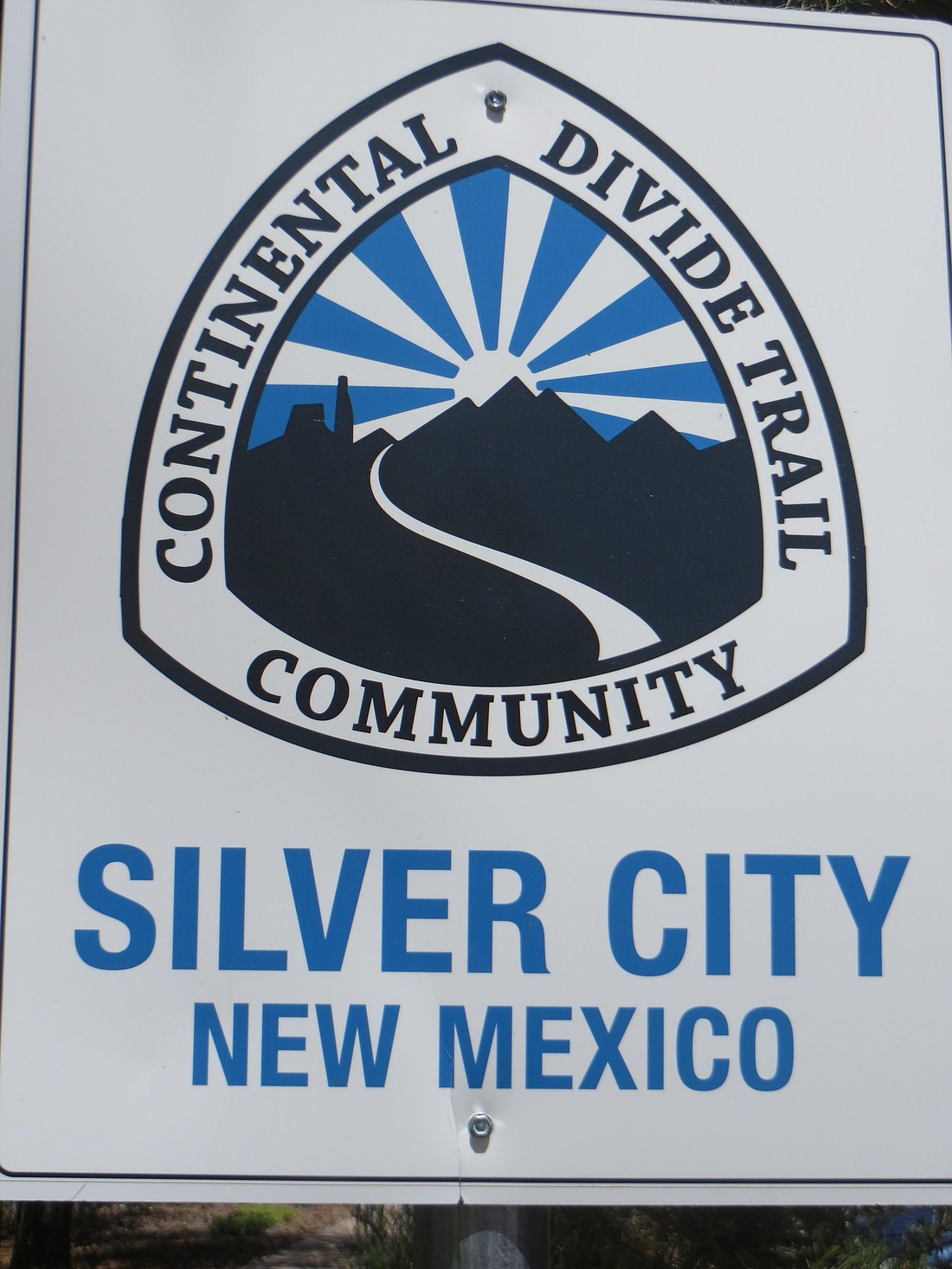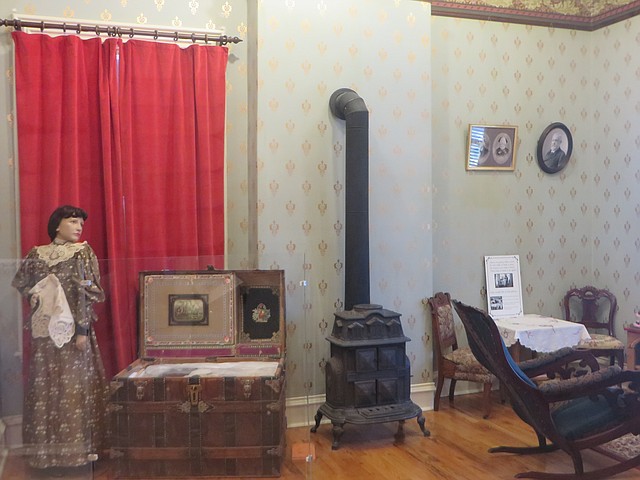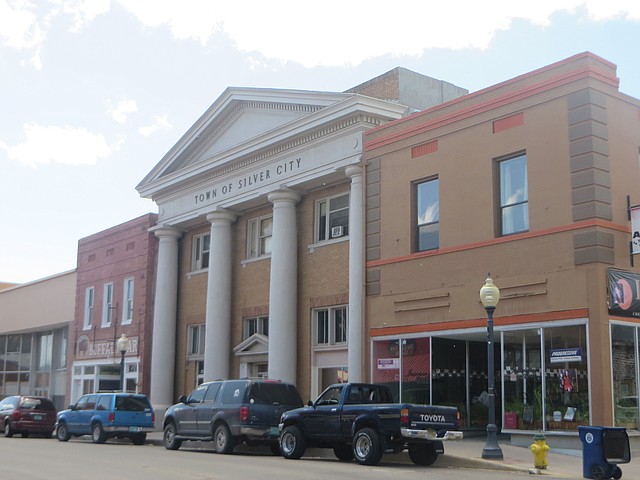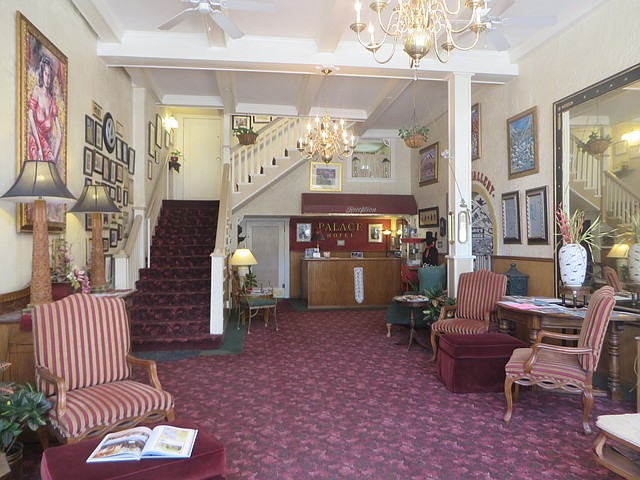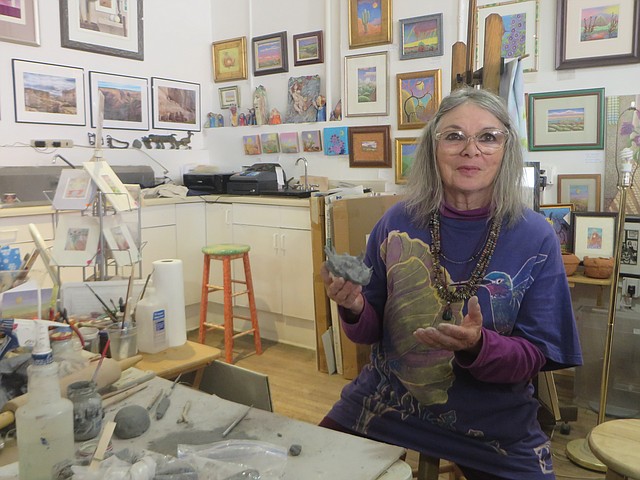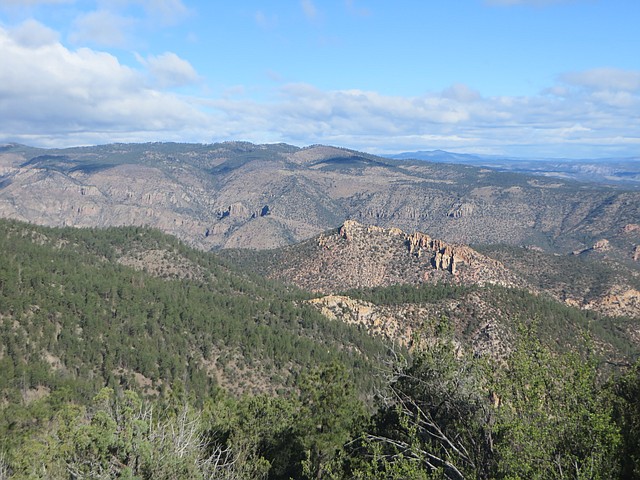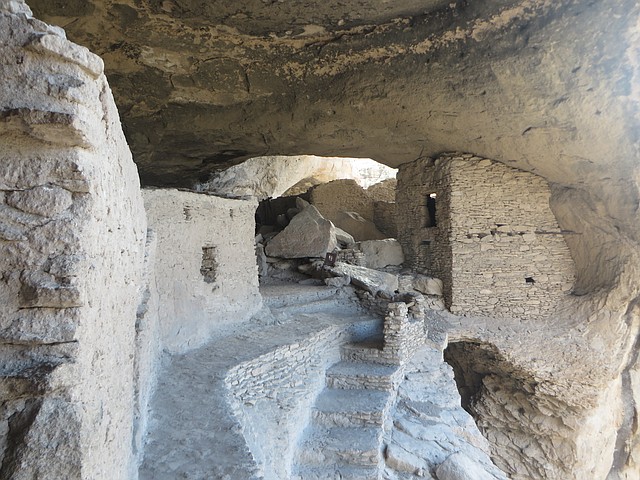Silver City is a New Mexico gem
August 22, 2016 at 6:00 a.m.
History takes center stage in Silver City. This small, picturesque town that sits 6,000 feet atop the Continental Divide in southwestern New Mexico sprang to life in 1870. The discovery of silver put the place on the map and drew an onslaught of miners looking to get rich, followed by merchants to serve their needs. Then the railroad arrived and the town became even more of a commercial hub, experiencing a major building boom. Today, most of the oldest existing buildings in the Historic Business District date from around the turn of the century, as the majority of those prior to this time were destroyed in a series of devastating floods. The original Main Street was washed away, becoming an arroyo which locals affectionately call the “Big Ditch,” after the Panama Canal. It’s now a park and pleasant oasis in the middle of town.
The Silver City Museum is a great place to get your blast from the past. You’ll see many stories of the region unfold via a series of dynamic exhibits that delve into the lives of the people who came to call this corner of the state home. In the exhibit, “Built to Change: The Evolving Story of the Historic Ailman House,” visitors learn about the past occupants of the handsome Italianate style home that now serves as the museum. There’s a wonderful large-scale model of the building on display along with original Ailman family artifacts and other objects from the late 1890s. Families will particularly enjoy entering into and experiencing the Victorian parlor of the Ailman family, which has been designed for guests to actually use the vintage and reproduction furniture and games. Upstairs, “The Flood Season: How Silver City’s Main Street Became the Big Ditch,” features historic photos and eyewitness newspaper accounts from the many floods that destroyed downtown Main Street. There’s also a fascinating new exhibit, “Stories of Southwestern New Mexico Women,” that explores the role of women in the region.
To continue your history lesson, while gaining an appreciation for the town’s hodgepodge of architectural styles, take a stroll through the Historic Business District and soak up its Wild West ambiance. Take note of the Silver City National Bank, a grand 1920s Neo-Classical Revival style brick and terra cotta building that is presently used as the City Hall. The O.S. Warren House is also significant as it is the only structure on Main Street to survive the floods. And check out the Mrs. O.S. Warren Building with its leaded glass transom lights which have been sun-purpled. See if you can spot the hitching ring that still remains embedded in the concrete in front of the place. Other structures of interest include the El Sol Theatre Building, a reflection of the Spanish-Revival Mission influence; the Isaac N. Cohen House, an example of an Italianate style home with double-hung pocket shutters; and the Dr. W. H. White Dental Office, which is in the Cottage style with a gable roof.
One of my favorite buildings is the Palace Hotel, which once served as the Meredith and Ailman Bank. The bank failed and in 1900, the upper floor was made into a hotel. The place went through several conversions and updates over the years, but the style has stayed consistent with its times and features charming period décor and antiques. There’s also a wonderful array of black and white photographs depicting the building in its heyday. The Palace remains the oldest surviving hotel in town, and provides quaintly distinctive accommodations for those interested in staying at an historic property.
Silver City is also a mecca for artists, with two gallery-packed blocks containing a wide range of art offerings, including fiber arts, ceramics, paintings and hand-crafted gift items. Some of the places also serve as working studios for the artists. At the Molly Ramolla Gallery, you can watch Molly herself in action as she creates eye-catching pieces using wax casein, a technique brought to fruition during the early Renaissance. The town hosts several prestigious events including the Silver City Fiber Arts Festival and the Silver City CLAY Festival, which draws participants and visitors from all corners of the state and region.
As for shopping, if you’re into vintage goods, you’ve come to the right place. The town is rich in antiques, high-quality Native American goods, Mexican hand-carved furniture and other wares that can be found at such stores as the Silver City Antique Mall, Fire Cloud Traders and Pink Store North. When you’ve shopped ‘til you drop, grab sustenance at any one of the number of cafes and restaurants around town. At the top of my list is the Curious Kumquat, featuring cutting-edge, modernist cuisine prepared by Rob Connoley, a 2014 James Beard Award semifinalist for best chef in the Southwest. Other favorites include 1zero6, which offers innovative Latin American and Asian specialties, and Tre Rosat, a charming bistro that’s known for its range of dishes utilizing seasonal local and regional ingredients. Nancy’s Silver Café is always a hit with families, and for a hearty breakfast, try Vicki’s Eatery, where you’ll waddle out after eating “country” Benedicts with biscuits and gravy, accompanied by crisp hash browns. The best baked goods can be found at Millie’s Bake House.
The city’s bohemian vibe is alive and well with several coffeehouses, including one where you can watch everything from poetry slams to local music acts while you sip your latte. Those looking for some good brews need not go far, as Little Toad Creek has a nice selection of home-brewed craft beers and spirits.
Outside the city, the famed Gila Wilderness beckons hikers of all abilities. An extensive system of trails within the 3.3 million acre Gila National Forest offers hikes ranging from gentle, family-friendly rambles to challenging treks above the tree line. Closer to home (just a few miles from Silver City) is the Gomez Peak Trail. If it’s views you want, this is the one. Your effort will be well-rewarded with a 360-degree panorama of the area.
A must for all visitors to this destination is the Trail of the Mountain Spirits National Scenic Byway, which begins in Silver City and heads along narrow winding roads with countless mountain vistas, canyons, gorges and verdant forests within the Gila high country. It traces the footsteps of those who preceded: the ancient Mimbreño, Apache, Spaniard, Mexican, miner, rancher, outdoorsman and others. Points of interest include the old mining town of Pinos Altos, once a rough and tumble town of gold bonanzas and Apache raids; Fort Bayard, built by the “Buffalo Soldiers” in 1866 to serve as a U.S. Army post during the Indian Wars; Lake Roberts, a sparkling, man-made lake that’s ideal for fishing, boating and camping; the Geronimo Memorial; and the Gila Hot Springs, where you can soak to your heart’s content in the natural thermal waters.
The piece de resistance of this byway, however, is at its terminus, where you’ll find Gila Cliff Dwellings National Monument. Make sure to stop at the visitor center first to get your bearings and learn more about this spectacular archeological site. The dwellings, which are located in natural caves on a southeast-facing cliff, were constructed sometime around 1280 by the people of the Mogollón culture. Five of the caves contain the ruins of these homes and consist of about 42 rooms. They provide a glimpse into the lives of the people who once occupied them. Archeologists believe these rooms were occupied by ten to fifteen families, who lived in them only until the early 1300s. It is not known why the dwellings were abandoned, though some experts think a changing climate motivated the migration.
To reach the dwellings, you’ll take a one-mile loop trail that climbs nearly 200 feet above the canyon floor. In the first cave, you’ll see foundations of three small storage areas and evidence for a larger central room with a hearth, an ash pit and a circular depression that may have supported large pots. When you climb the stairs into cave three, you’ll notice a change in light, temperature and sound. The long and low opening blocked out the summer sun and retained the warmth of winter fires, which left behind black layers of soot. In the fourth and fifth caves, there are numerous uniquely shaped and sized structures. Kids will especially enjoy climbing the ladders to peer over the walls, while forming their own conclusions as to the purposes of the various spaces.
Though Silver City and its environs takes some effort and time to reach, it’s a destination well worth the journey for everyone from the outdoor enthusiast and history buff to the foodie and art aficionado.
For more information about Silver City and the surrounding region, visit: www.silvercitytourism.org
Deborah Stone is a travel and lifestyle writer, who explores the globe in search of unique destinations and experiences to share with her readers. She’s an avid adventurer who welcomes new opportunities to increase awareness and enthusiasm for travel and cross-cultural connections. Her stories appear in a number of publications as well as on various travel websites. Additionally, she can be frequently be heard dishing travel with the hosts of the NPR-affiliated and AARP produced talk radio show, “2 Boomer Babes.” Deborah is a longtime Seattle area resident, who currently resides in Santa Fe, New Mexico.
